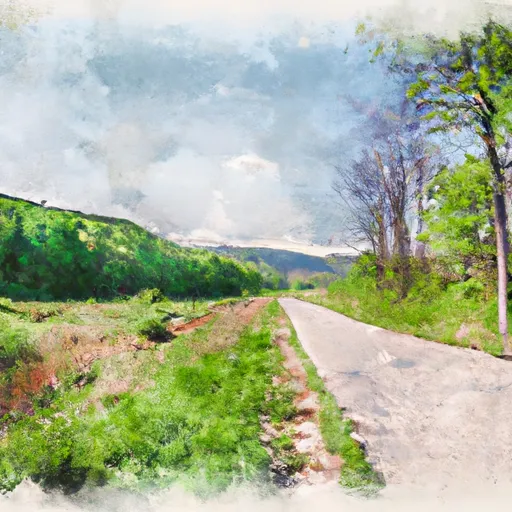°F
°F
mph
Windspeed
%
Humidity











Lowellville, Ohio is a small village located in Mahoning County, in the northeastern part of the state. The climate in Lowellville is classified as humid continental, with warm summers and cold winters. Average temperatures range from the high 20s Fahrenheit (-2°C) in winter to the mid-80s Fahrenheit (29°C) in summer. Precipitation is evenly distributed throughout the year.
Hydrologically, Lowellville is situated near the Mahoning River, which provides a water source for the village and its surrounding areas. The river also offers opportunities for fishing and boating. Additionally, there are several small creeks and streams in the vicinity.
Outdoor recreation in Lowellville is abundant. Mill Creek Park, located just a short distance away, offers numerous activities such as hiking, biking, and picnicking. The park features beautiful landscapes, waterfalls, and a variety of wildlife. Moreover, the nearby Lake Milton State Park is a popular spot for boating, swimming, and fishing. Visitors can enjoy camping, hiking trails, and even golfing at the park's 600-acre lake.
Overall, Lowellville, Ohio offers a diverse climate, access to water resources, and a range of outdoor activities, making it an attractive destination for nature enthusiasts.
Weather Forecast
Lowellville receives approximately 1012mm of rain per year, with humidity levels near 81% and air temperatures averaging around 10°C. Lowellville has a plant hardyness factor of 6, meaning plants and agriculture in this region thrive during a short period during spring and early summer. Most plants will die off during the colder winter months.
Regional Streamflow Levels
26,300
Cubic Feet Per Second
105
Cubic Feet Per Second
1,480
Cubic Feet Per Second
11
Cubic Feet Per Second
Nearby Camping
| Camping Area | Reservations | Toilets | Showers |
|---|---|---|---|
| Shenango | |||
| Beaver Creek State Park | |||
| Village Green | |||
| Tuttle - Pymatuning State Park | |||
| Pymatuning State Park | |||
| Linesville - Pymatuning State Park |



